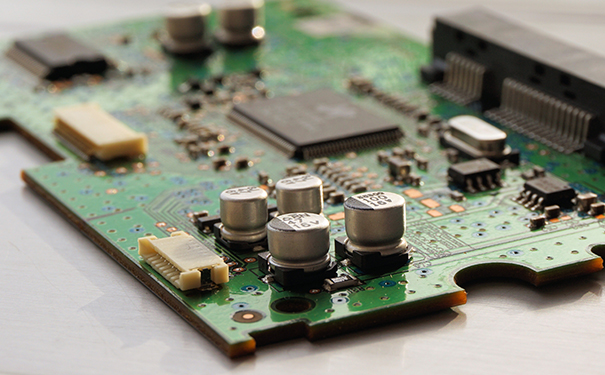Chip mounted electronic component packaging is a very important aspect in electronic component packaging. With the increasing miniaturization of electronic products, the requirements for packaging of SMD electronic components are also increasing. Next, let's explore the requirements and standards for chip mounted electronic component packaging. If you are interested in the upcoming content, please continue reading the following text, hoping it can be helpful to you.
Reliability
The reliability of SMD electronic component packaging is crucial. The packaging material must have good electrical and mechanical properties to ensure that the components will not experience short circuits, open circuits, and other issues during use. In addition, packaging should have a certain degree of corrosion resistance to adapt to the influence of environmental factors.
Interchangeability
The interchangeability of SMD electronic component packaging refers to whether different models of components can be used on the same platform. To ensure interchangeability, packaging must have sufficient repeatability and accuracy to ensure that each component can be accurately installed and tested.
Solderability
The solderability of SMD electronic component packaging refers to whether the component can be firmly fixed on the circuit board during soldering. Therefore, packaging materials must have good welding performance to ensure that the components can work stably in high temperature and high pressure environments.

Heat dissipation
In high-end electronic products, the heat dissipation of SMD electronic component packaging has become increasingly important. Heat dissipation refers to whether the heat emitted by a component during operation can be discharged in a timely manner to ensure the stability and lifespan of the component. Therefore, packaging materials must have good heat dissipation performance to ensure that the temperature of the components is too high during operation.
Temperature characteristic
The temperature characteristics of SMD electronic component packaging refer to the performance of the component at different temperatures. For example, at low temperatures, some components may become unstable, while at high temperatures, they may fail. Therefore, packaging materials must have good temperature characteristics to ensure that the components can work properly at different temperatures.
Environmental friendliness
In today's increasingly environmentally conscious world, the environmental friendliness of SMD electronic component packaging has become increasingly important. Therefore, when selecting packaging materials, it is necessary to consider their environmental friendliness to ensure that the use of components does not cause pollution to the environment.
Aesthetics
With the increasing emphasis on appearance and aesthetics in electronic products, the appearance of SMD electronic component packaging has become increasingly important. Therefore, packaging must have a good appearance and accuracy to ensure that the components can achieve the desired visual effect.
Cost
The cost of packaging SMD electronic components is also an important consideration. Packaging materials must have a certain cost-effectiveness to ensure that the components are economically feasible.
When designing and selecting packaging, it is necessary to comprehensively consider these factors to ensure that the components can achieve the expected results in practical applications.

